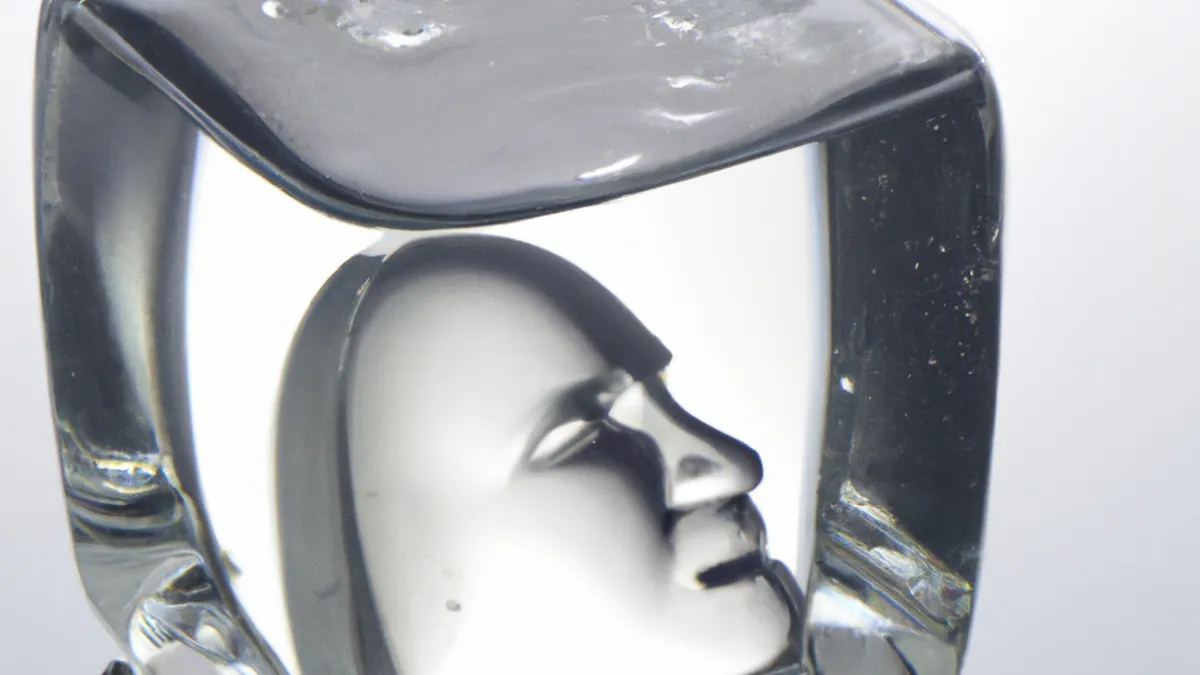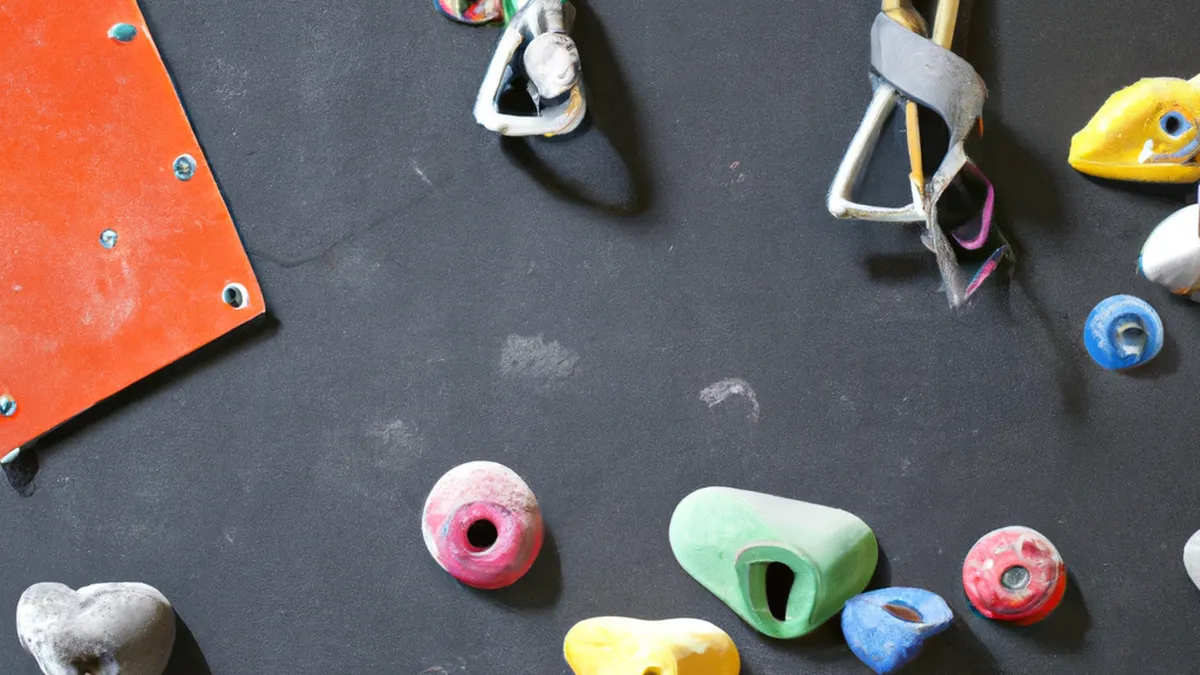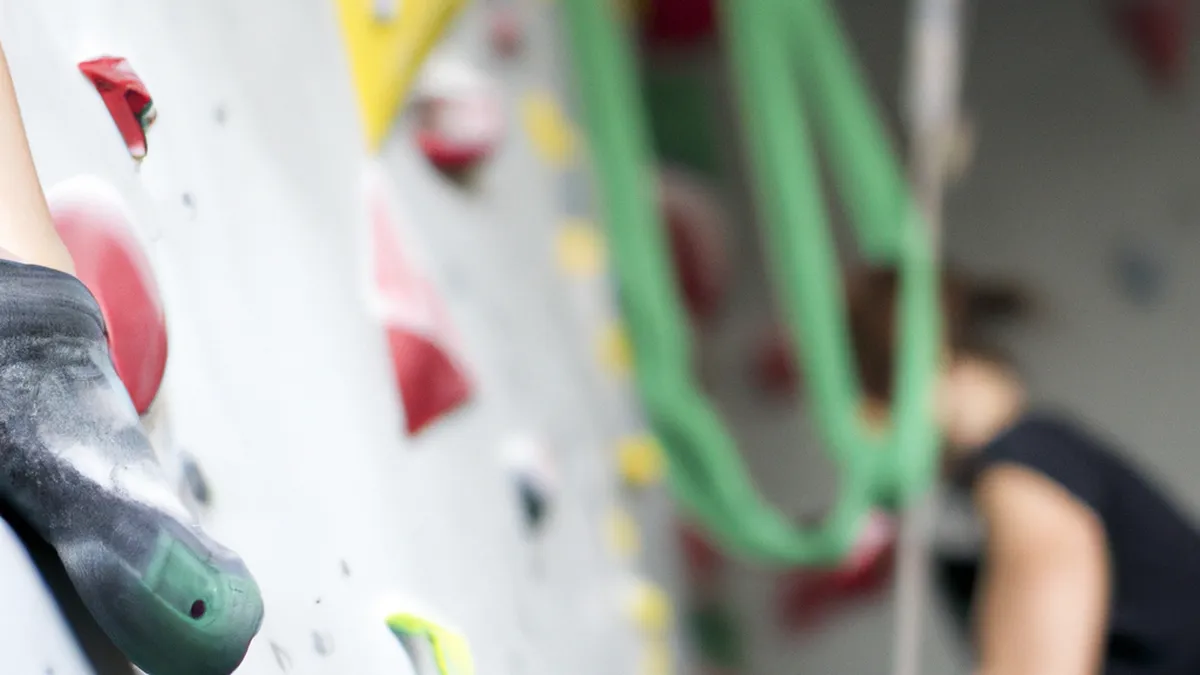Chill Out: Ice Baths Boost Emotional Well-being
The Role of Ice Bath Breathing in Supporting Emotional Health
Ice baths provide physical benefits, such as reduced inflammation and improved recovery times. They also significantly impact emotional health. Combining ice bathing with focused breathing techniques supports emotional well-being. This article explores how ice bath breathing cultivates resilience, improves mood, and enhances stress management.
Understanding Ice Bath Breathing
Ice bath breathing immerses the body in cold water while engaging in deep breathing exercises. This combination challenges the body and calms the mind. Immersing yourself in cold water triggers a physiological response, increasing heart rate and adrenaline. While this response can feel overwhelming, focused breathing helps you regain control. Concentrating on your breath shifts your focus from discomfort to a manageable state, fostering emotional regulation.
The Science Behind Cold Exposure
Cold exposure activates the body’s stress response and the sympathetic nervous system. This activation releases neurotransmitters like norepinephrine, which improve mood and focus. While cold may feel uncomfortable, it offers a chance to practice resilience. Studies show repeated cold exposure enhances coping with stress and anxiety. Pairing cold exposure with focused breathing boosts these benefits and improves emotional control.
Breathing Techniques to Use
Several effective breathing techniques work well during ice baths. One popular method is **box breathing**. Inhale deeply for four seconds, hold for four seconds, exhale for four seconds, and hold the empty breath for four seconds. This method calms the mind and anchors your focus.
Another effective technique is the **4-7-8 method**. Inhale for four seconds, hold for seven seconds, and exhale for eight seconds. This pattern encourages relaxation and decreases anxiety levels. Both techniques guide your breathing during the intense sensations of an ice bath, helping you stay present and calm.
Tips for Incorporating Ice Bath Breathing
To experience the benefits of ice bath breathing, follow these tips for effective practice:
1. **Start Slowly**: If you’re new to ice bathing, begin with shorter durations. Start with 30 seconds and gradually increase your time.
2. **Create a Comfortable Environment**: Ensure your ice bath area is safe, quiet, and relaxing. This setting helps you focus on breathing and minimizes distractions.
3. **Practice Regularly**: Consistency is key to fully experiencing the benefits of ice bath breathing. Aim to incorporate this practice into your routine.
Conclusion
Ice bath breathing offers significant emotional health benefits. By practicing this technique, you can enhance resilience, improve mood, and manage stress effectively.
Below are related products based on this post:
FAQ
What are the emotional health benefits of ice bath breathing?
Ice bath breathing enhances emotional health by cultivating resilience, improving mood, and aiding in stress management. The combination of cold exposure and focused breathing helps individuals regain control during discomfort, promoting emotional regulation.
What breathing techniques are effective during ice baths?
Two effective breathing techniques for ice baths are box breathing and the 4-7-8 method. Box breathing involves inhaling for four seconds, holding for four seconds, exhaling for four seconds, and holding the empty breath for four seconds. The 4-7-8 method consists of inhaling for four seconds, holding for seven seconds, and exhaling for eight seconds. Both techniques help calm the mind and anchor focus during the intense sensations of cold water immersion.
How can I start incorporating ice bath breathing into my routine?
To incorporate ice bath breathing, start slowly by beginning with shorter durations, such as 30 seconds, and gradually increasing your time. Create a comfortable environment that is safe and relaxing to minimize distractions, and practice regularly to fully experience the benefits of this technique.















Post Comment